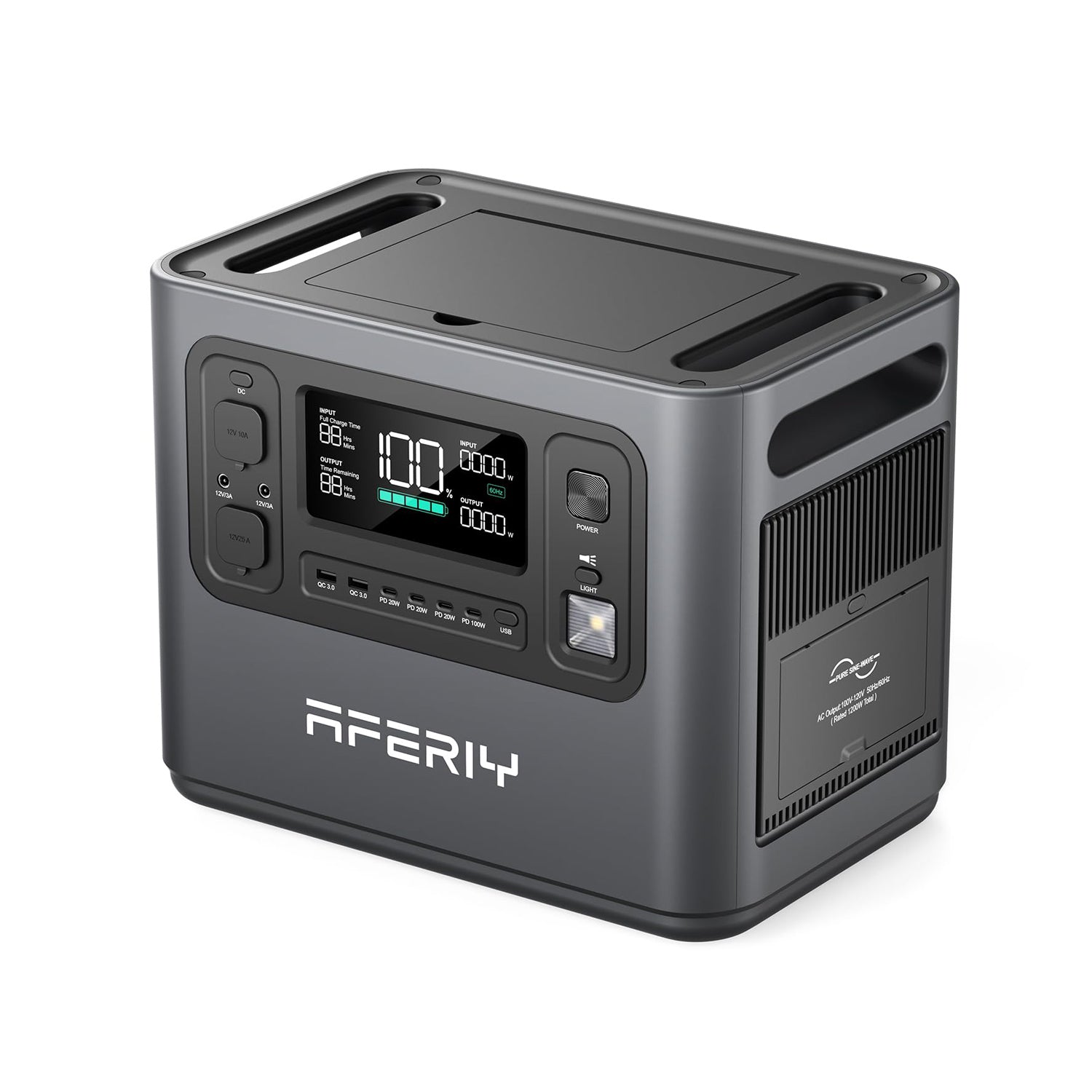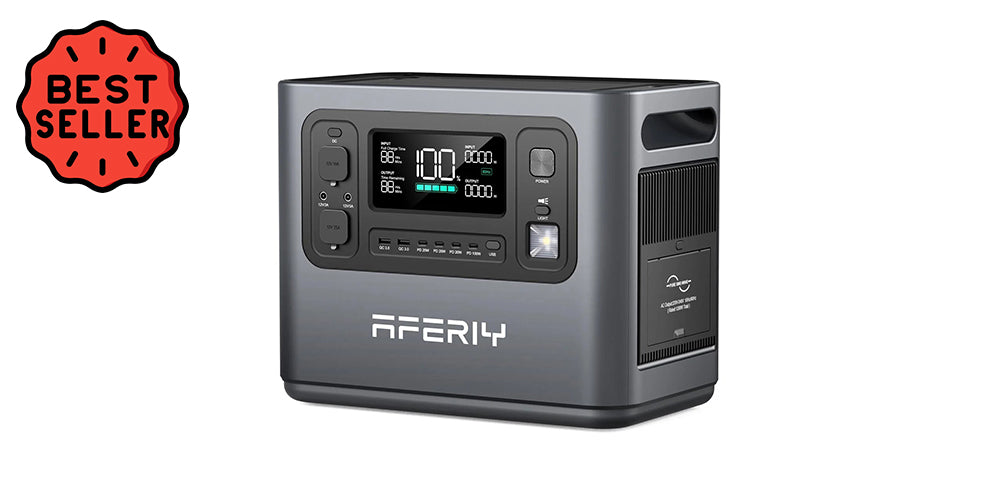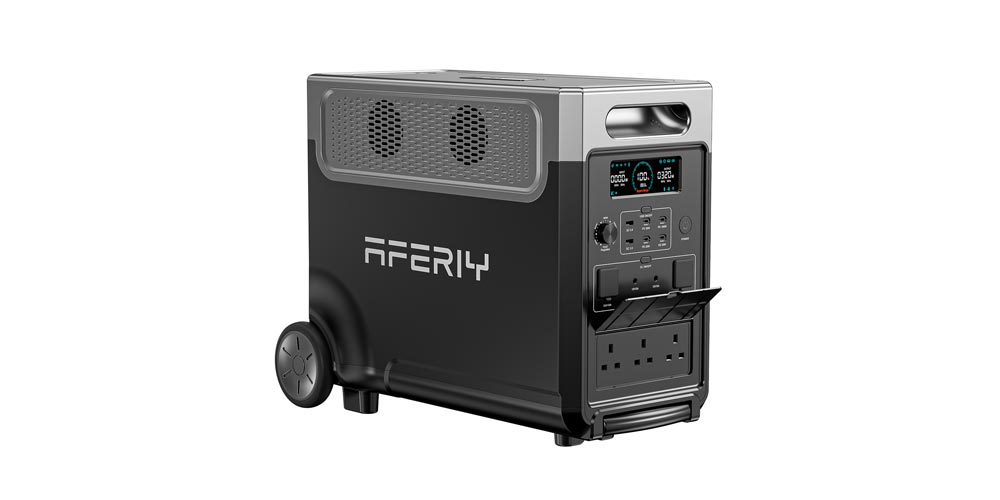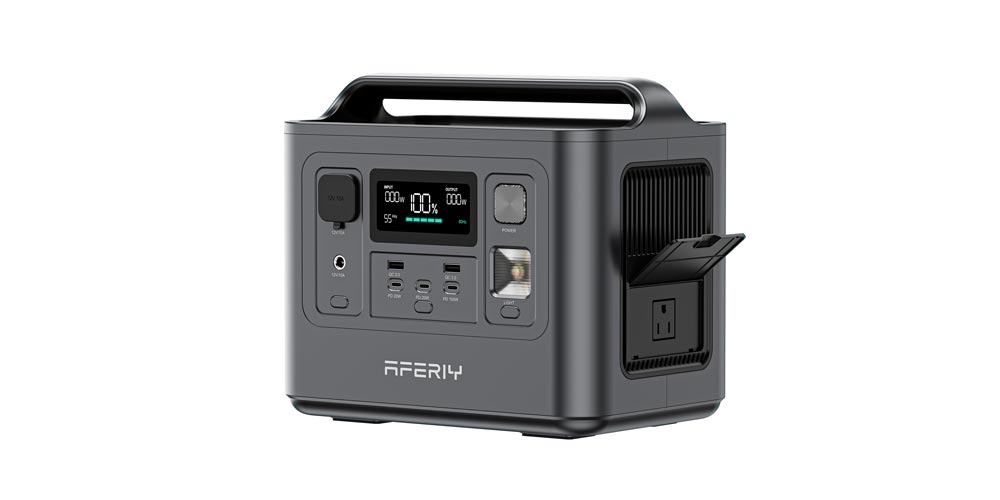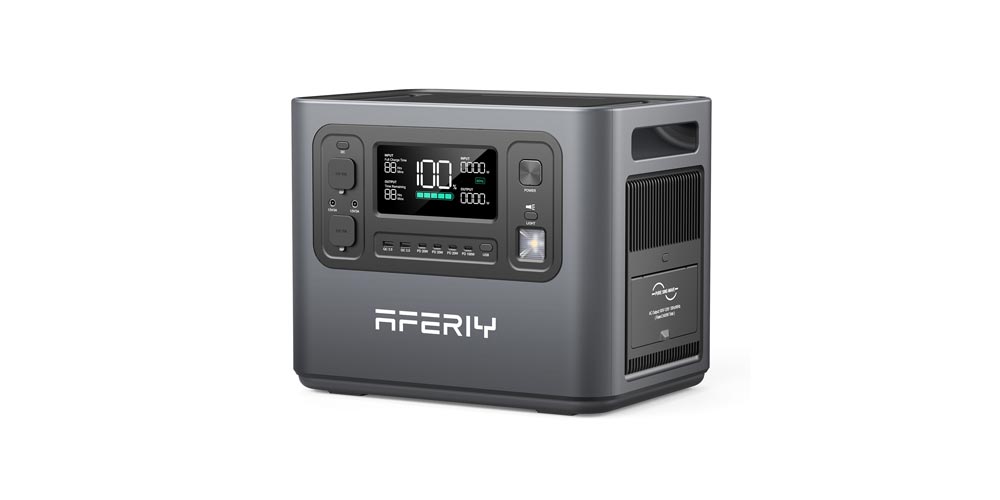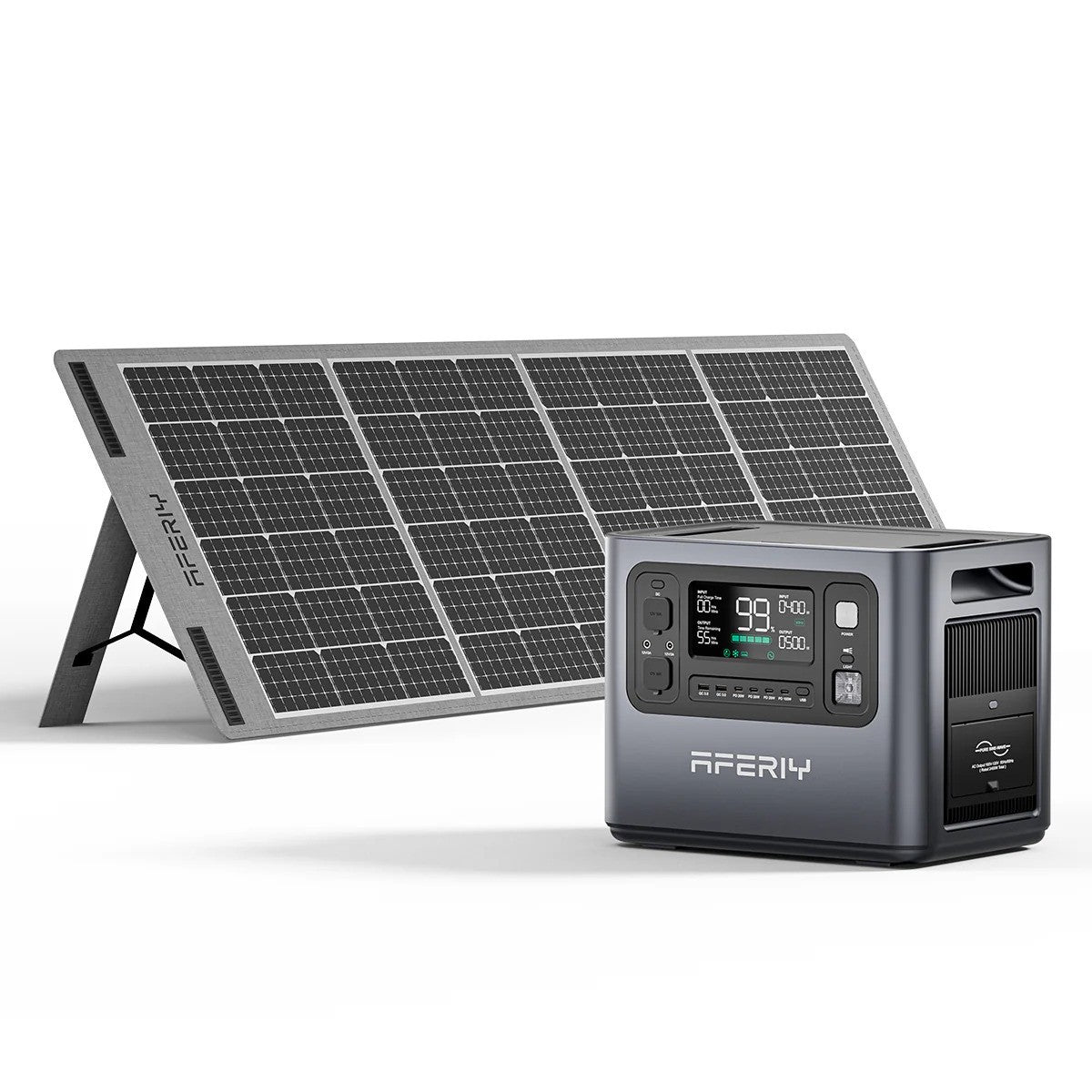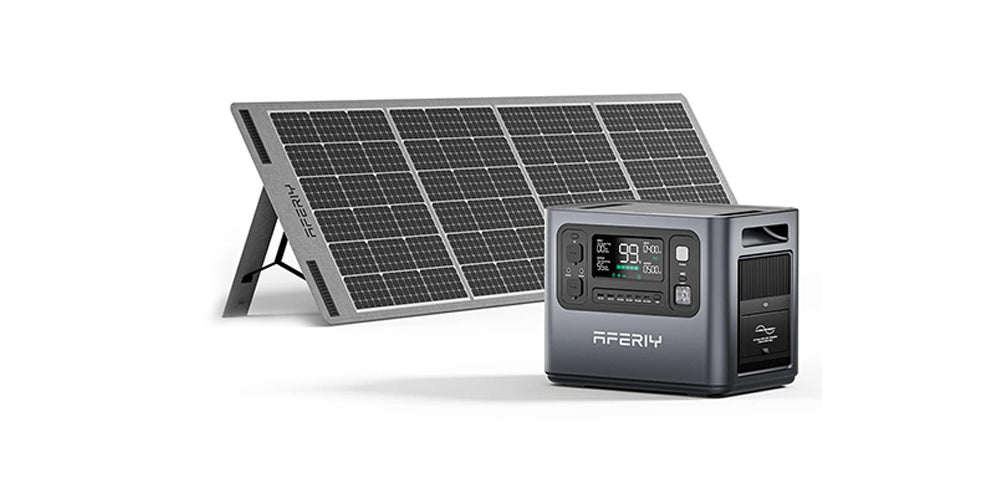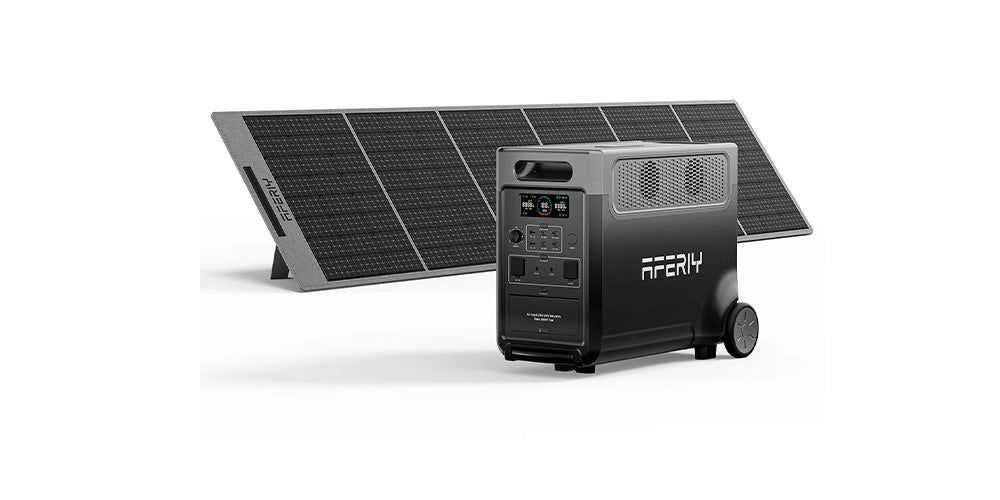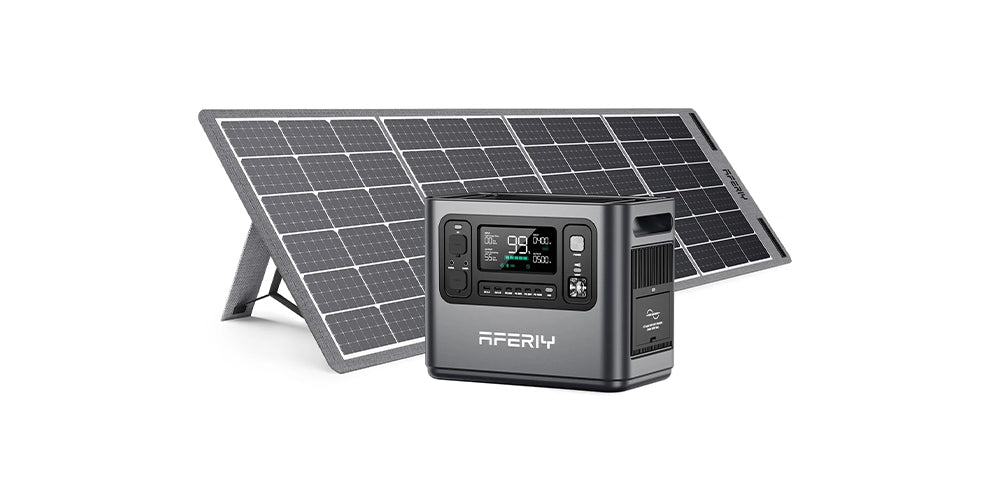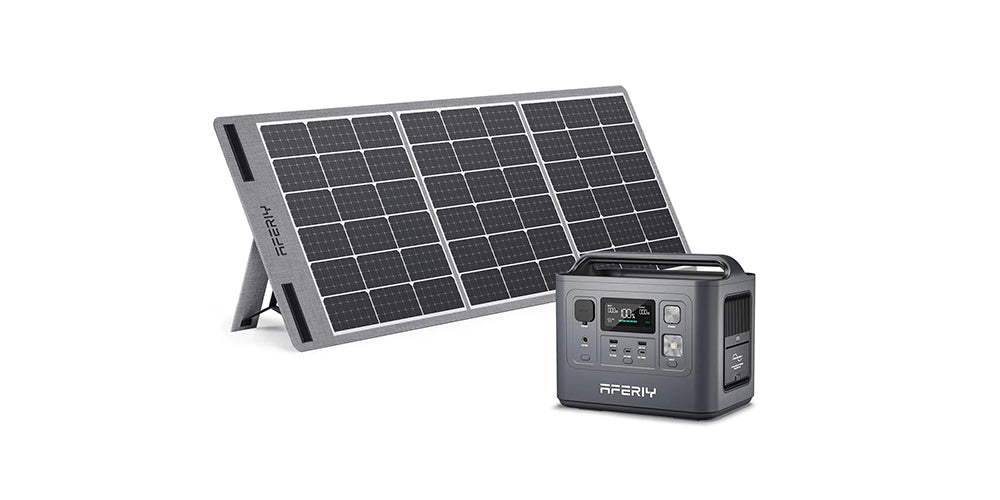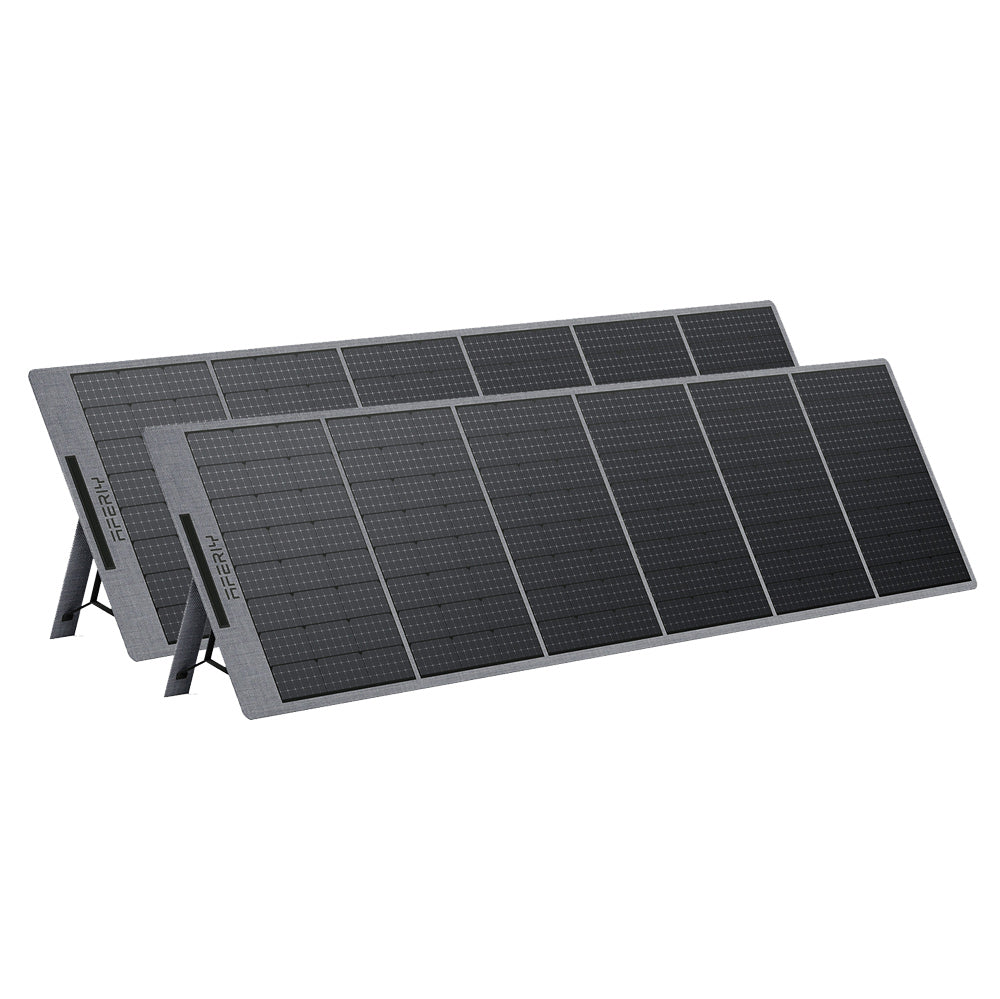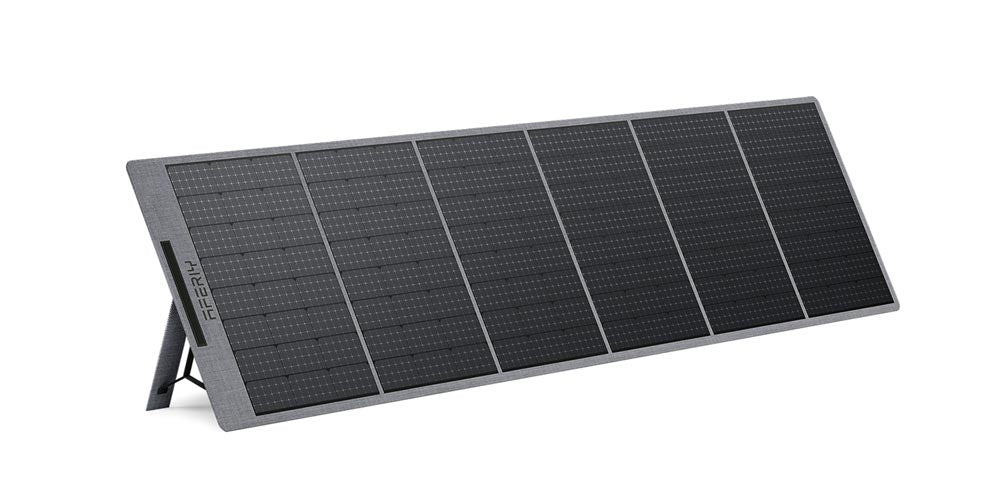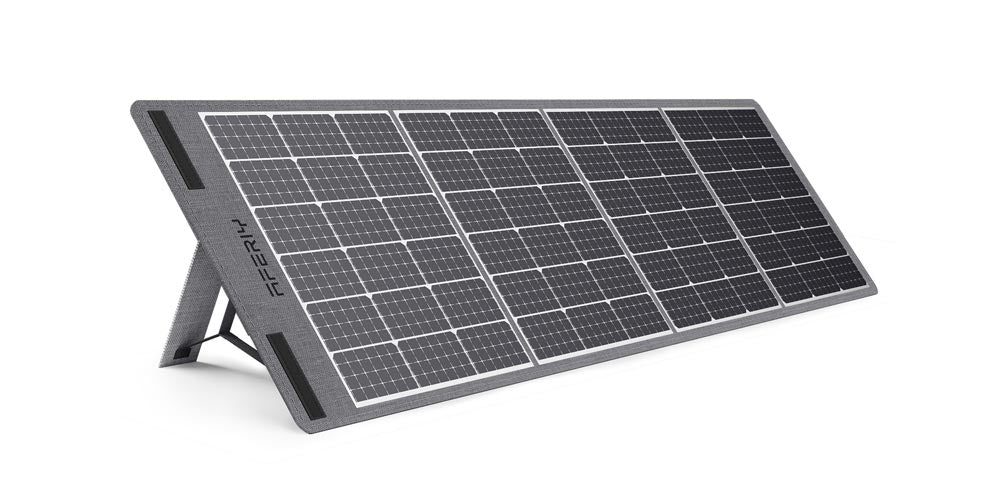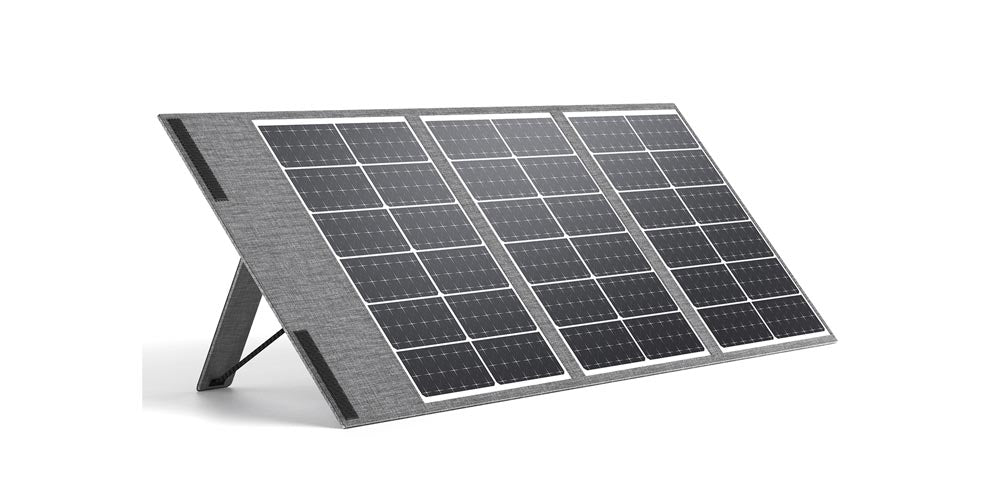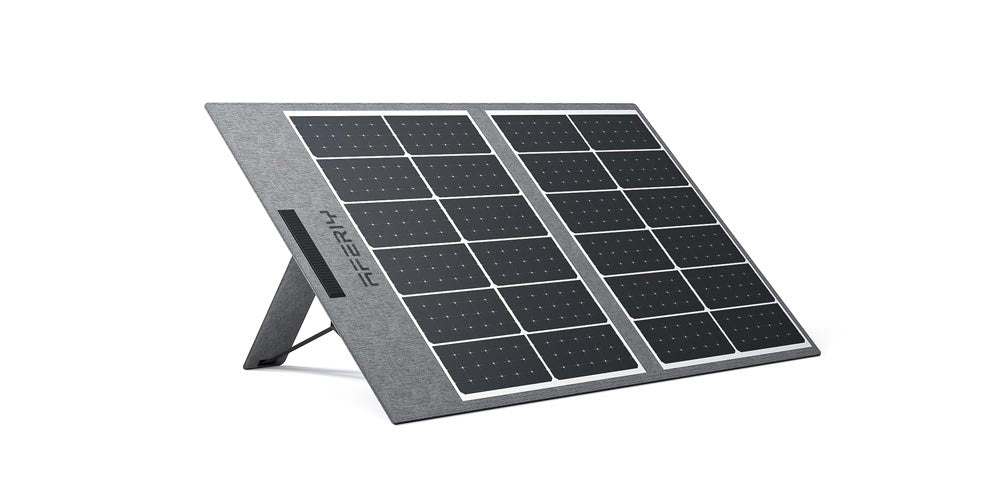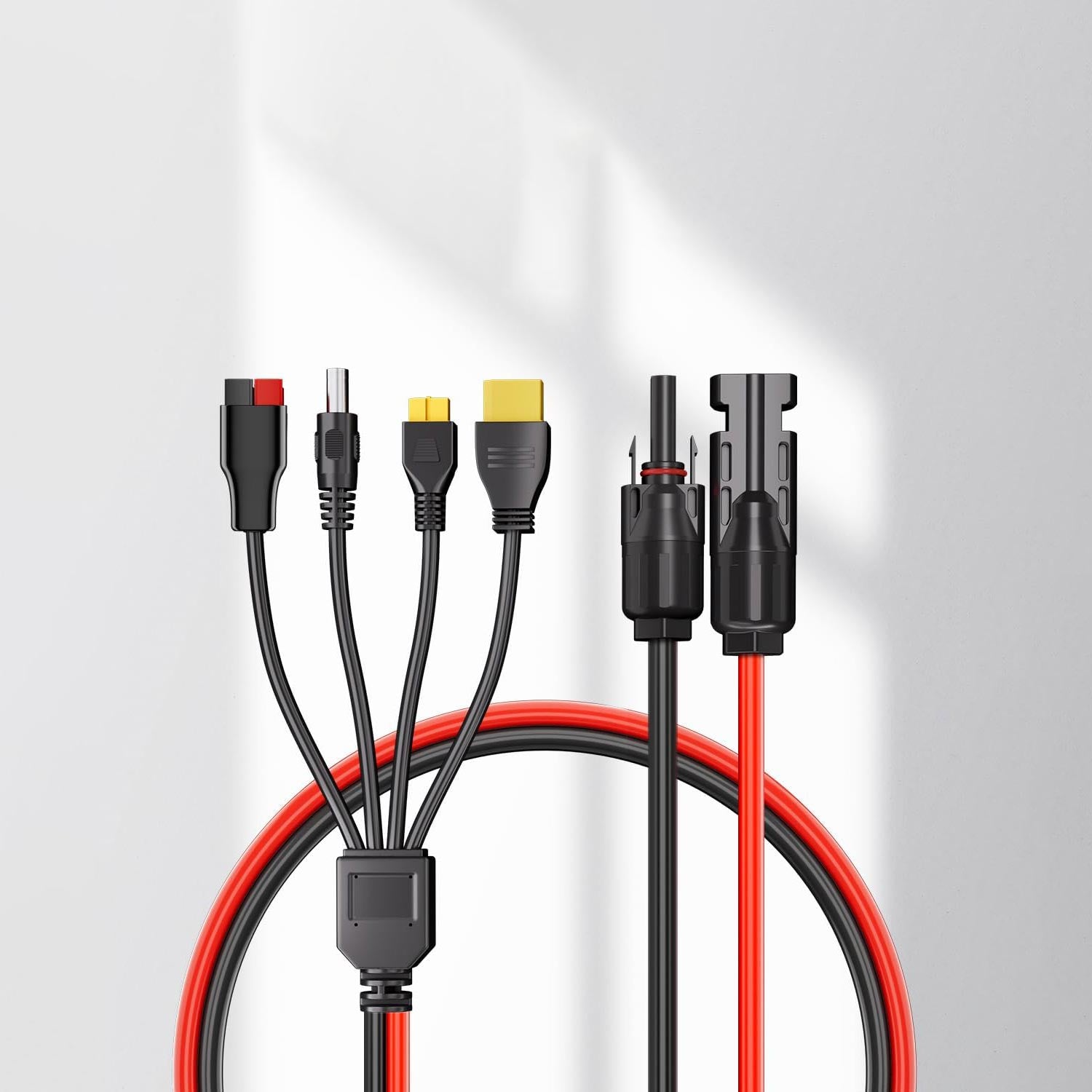What Size Solar Battery Do You Need To Run Your House?
The Rise of Home Battery Systems in the UK
Home battery systems—whether connected to solar panels or the grid—represent the future of residential energy. By harnessing solar energy, a fully renewable resource, these batteries allow homeowners to store electricity for blackout protection and aim for complete energy independence.
Once reserved for hotels or industry, solar batteries are now becoming mainstream. Many UK households are installing Aferiy systems to gain energy independence and reduce their environmental impact.
Embracing a home battery system not only enables clean energy but also offers substantial annual electricity bill savings—sometimes running into thousands of pounds.
If you're wondering how many batteries are needed to power a home, or how to calculate battery autonomy based on your needs, this article will guide you through sizing your system correctly—and explain why Aferiy batteries are a reliable and high-performance choice in the UK.
How to Estimate Installed Batteries
Every home is different. To know how many batteries are needed, you must understand both your household’s solar production and your electricity consumption. You'll need to calculate battery autonomy based on these factors to size your solar storage accurately.
Monthly Solar Production Varies by Region
UK solar output varies significantly—ranging from around 4 to 5 sun-hours in winter to 6–7 in summer. Monthly solar energy production typically falls between 100 kWh and 150 kWh depending on location and season.
When planning battery capacity, use realistic regional solar yield data to avoid under‑ or over‑sizing your system.
Understanding UK Household Electricity Usage
The average UK household uses about 2,700 kWh of electricity per year—that’s around 225 kWh per month or roughly 7.4 kWh/day for a medium-sized property
This baseline consumption is key to determining the size of battery storage you may require.
Typical Battery Capacity Requirements in the UK
Most households with moderate energy use can function with a solar battery capacity of 5–10 kWh. Three-bedroom homes typically require 8–12 kWh
If you have high electricity usage—especially with electric heating or EV charging—consider sizing up to 15–20 kWh.
How to Calculate Battery Capacity
For a rough calculation:
Determine your average daily consumption (e.g. 7 kWh).
Decide how many days of backup you want (e.g. 2 days).
Choose realistic Depth of Discharge (DoD), typically 90%.
Capacity (kWh) = Daily usage × Backup days ÷ DoD
Example: A household using 7 kWh/day, with 2-day autonomy and 90% DoD:
7 × 2 ÷ 0.9 ≈ 15.6 kWh
This ensures enough stored energy to cover days with little sun.
Example: Sizing for a Medium UK Household
| Criteria | Details |
|---|---|
| Daily electricity use | ~7 kWh (≈225 kWh/month) |
| Desired days of backup | 2 days |
| Depth of Discharge allowed | 90% |
| Calculated battery capacity | 7 × 2 ÷ 0.9 ≈ 15.5 kWh |
Recommended battery pack: around 15 kWh, especially if relying heavily on solar or prioritising outage resilience.
Choosing the Right Battery Type
Lithium-ion (LiFePO₄) batteries are the best fit for UK residential solar setups:
High DoD (up to 100%)
Compact footprint
Long lifespan (10+ years)
Low maintenance
Other types like lead-acid, nickel-cadmium, or flow batteries have drawbacks in longevity, efficiency, or space requirements.
Why Choose Aferiy for Your Home Battery
The Aferiy P310 solar generator is an expandable high-capacity system ideal for UK homes seeking energy autonomy:
Up to 3,600 W output
Capacity scalable to 11,520 Wh
Powers multiple heavy appliances simultaneously
LiFePO₄ chemistry ensures safety and long life
Compatible with solar or grid charging
App and LCD interface for remote monitoring
Modular by design, the P310 system lets you add extra battery modules for flexible capacity planning—ideal for bespoke UK installations.
Maximising Battery Longevity
Charge fully when possible: helps prevent internal sulfation.
Avoid deep discharge: sticking to 50% DoD can extend life significantly.
Store sensibly: keep batteries charged above 20% and in a cool, dry environment.
These practices help maintain capacity long-term and ensure a better return on investment.
Final Thoughts
Sizing your home battery depends on your actual consumption, solar production, and desired autonomy. While compact systems (5–8 kWh) can work for many, households planning for extended backup or high usage may need 15 kWh or more.
Well-dimensioned systems like Aferiy P310 offer dependable, scalable energy storage perfectly suited to UK conditions and lifestyles.
Typical payback for a solar-plus-storage setup in the UK is 7–10 years, depending on system size, available sunlight, and local energy rates
